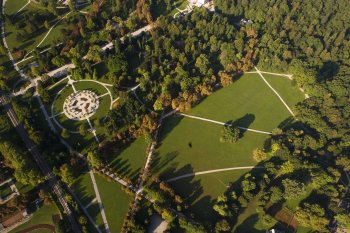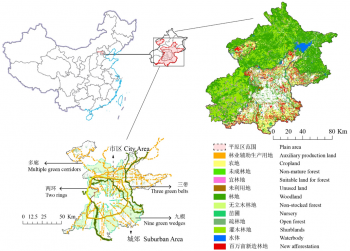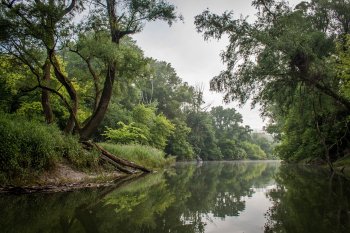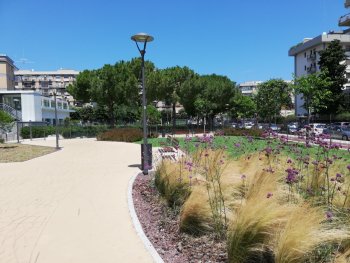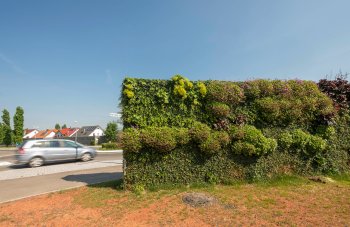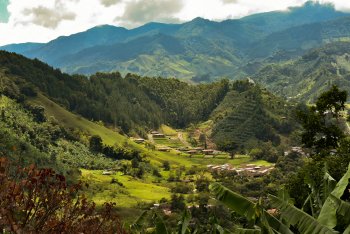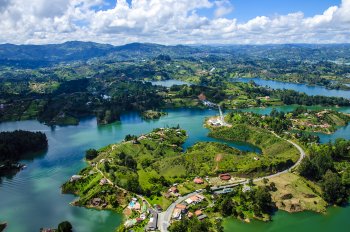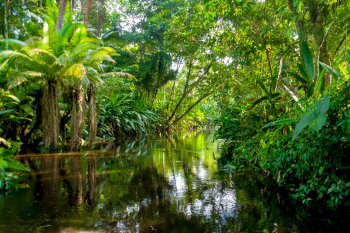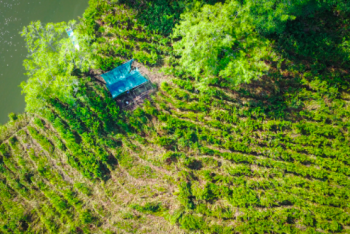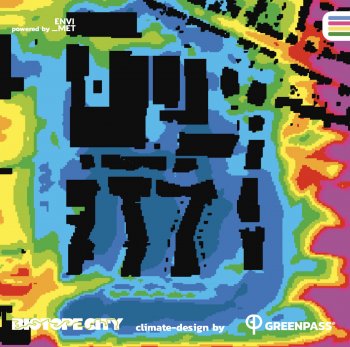Landscape Park Tivoli, Rožnik and Šiška hill – Ljubljana, Slovenia
The Landscape park Tivoli, Rožnik and Šiška hill aims to enhance health and well-being of citizens and visitors while conserving natural values and landscape diversity.
The urban green infrastructure of the Landscape Park area further aims to regulate the urban micro-climate, improving air quality and reducing run-off.

